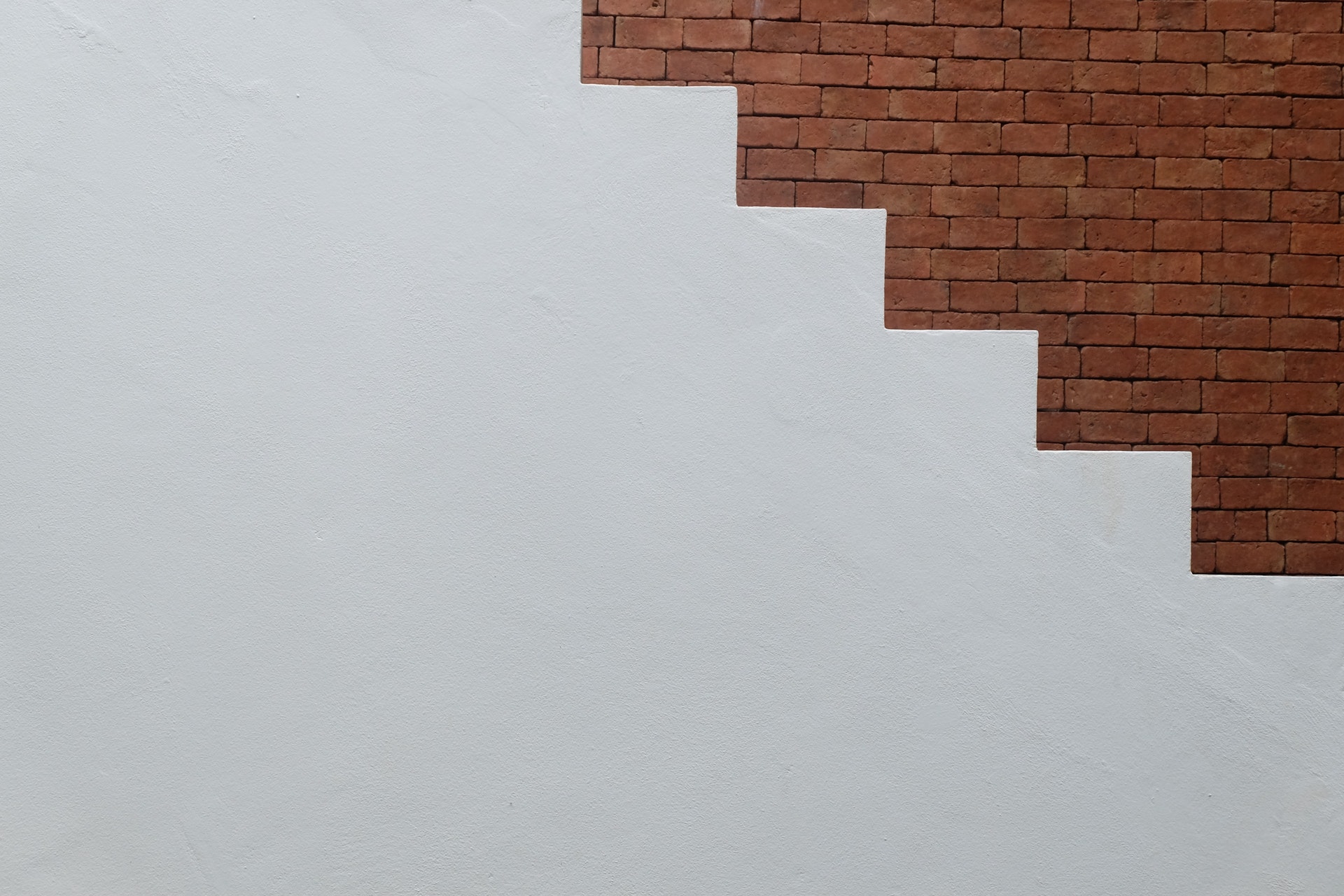Biosolids are a by-product of the wastewater treatment process that can be used as fertiliser, in land rehabilitation or as a construction material. Around 30% of the world’s biosolids are stockpiled or sent to landfill, using up valuable land and potentially emitting greenhouse gases, creating an environmental challenge.
Now a team at RMIT University in Melbourne, Australia, has demonstrated that fired-clay bricks incorporating biosolids could be a sustainable solution for both the wastewater treatment and brickmaking industries.
As well as being cheaper to produce, the biosolids bricks also had a lower thermal conductivity, transferring less heat to potentially give buildings higher environmental performance.
The EU produces over 9 million tonnes of biosolids a year, while the United States produces about 7.1 million tonnes. In Australia, 327,000 tonnes of biosolids are produced annually. The study found there was a significant opportunity to create a new beneficial reuse market – bricks. About 5 million tonnes of the biosolids produced in Australia, New Zealand, the EU, US and Canada currently go to landfill or stockpiles each year. Using a minimum 15% biosolids content in 15% of bricks produced could use up these 5 million tonnes.
Lead investigator Associate Professor Abbas Mohajerani said the research sought to tackle two environmental issues – the stockpiles of biosolids and the excavation of soil required for brick production. He further said that more than 3 billion cubic meters of clay soil are dug up each year for the global brickmaking industry, to produce about 1.5 trillion bricks.
Using biosolids in bricks could be the solution to these big environmental challenges. It’s a practical and sustainable proposal for recycling the biosolids currently stockpiled or going to landfill around the globe.
The research examined the physical, chemical and mechanical properties of fired-clay bricks incorporating different proportions of biosolids, from 10 to 25%. The biosolid-enhanced bricks passed compressive strength tests and analysis demonstrated heavy metals are largely trapped within the brick. Biosolids can have significantly different chemical characteristics, so the researchers recommend further testing before large-scale production.
The biosolids bricks are more porous than standard bricks, giving them lower thermal conductivity.
The research also showed brick firing energy demand was cut by up to 48.6% for bricks incorporating 25% biosolids. This is due to the organic content of the biosolids and could considerably reduce the carbon footprint of brick manufacturing companies.
The results of a comparative Life Cycle Assessment and an emissions study conducted as part of the research confirmed biosolids bricks offered a sustainable alternative approach to addressing the environmental impacts of biosolids management and brick manufacturing.

